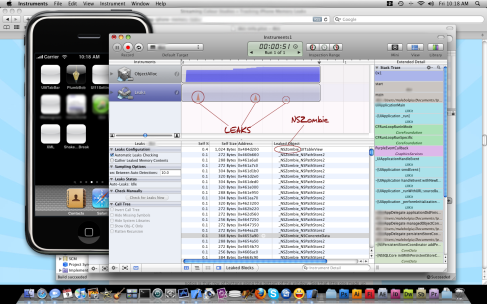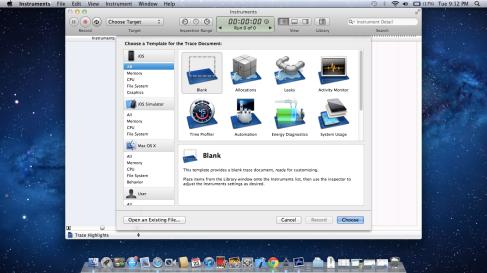This will probably be the final post for the project. Ultimately I can see that I was over-ambitious with the project, however I am still really pleased with the results. Although I have still not managed to implement the fluid simulation in 3D, with more time I believe it would have been possible. With regards to the cloud simulation. I am still working on the equations and putting them into the existing solver. Once that has been done I will have a 2D cloud simulation which works on both iPhone 3GS and 1st Gen. iPad.
On top of this I have added a nice and simple user interface which corresponds to apples human interface guidelines, something I believe to be very important when creating and designing applications for mobile devices.
I will be showing the finished product off at Expo-Tees if any one reading this is attending.
Hope to see you there.
Jonathon


